Pentax’s all-new film camera, in development since 2022, is finally here. Called the Pentax 17 and teased last month, it’s a half-frame, vertically oriented fixed-lens camera that captures two 17mm x 24mm images in a single 35mm format frame.
The Pentax 17 is the first brand new 35mm film camera designed by a major manufacturer in 19 years (aside from the re-release of the Leica M6, as it was not a new design, instant film cameras and pinhole cameras). The last major camera manufacturer to launch a new film camera was Canon with the Sure Shot 130u II in 2005, and before that Nikon last released a film camera with the F6 in 2004 – final production of the camera ended in 2020. be argued, that Film Never Die Nana was a new design, but it was heavily based on the Contax T2, so that line is a bit unclear. Several companies have released inexpensive, reusable film cameras that also mimic classic disposables, but they all share essentially the same basic design and feature set. Be that as it may, it has been a very long time since a brand new, manual winding, 35mm film camera like the Pentax 17 was mass produced.
It had been so long since anyone at Pentax had attempted to build a new film camera from scratch that the company’s engineers called back retired camera designers to consult on the design and had to spin up production of parts that had long since been discontinued.
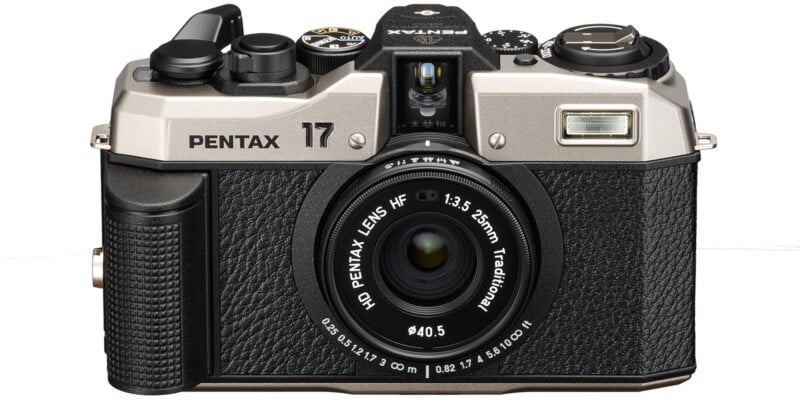
“Born from the Pentax Film Camera Project, a concept first announced in December 2022, the new camera is the result of close collaboration between Ricoh Imaging and Pentax experts and junior engineers,” says Pentax. “The experts shared their extensive knowledge and decades of experience in film and imaging technology with current team members to design a film camera that would allow photographers to express their originality and creativity by leaving some room for manual control rather than being fully automatic camera.”
Pentax saw the growing popularity of analog photography, but also offset this with the rising cost of film, which is why the company chose a half-frame design for its first new film camera. With this design, photographers can get double the photos for the price of one roll.
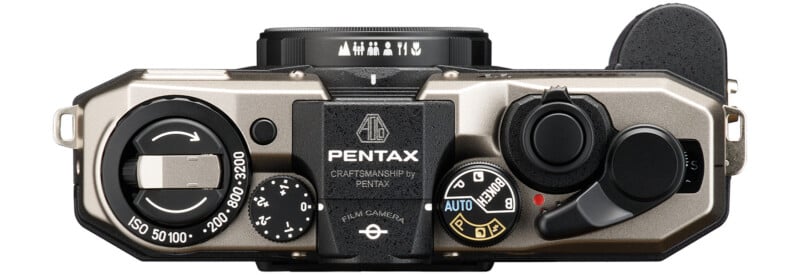
The Pentax 17 is heavily inspired by the company’s heritage and features several pieces based on products from its history. The flash and shutter buttons are based on the Pentax KP, the front texture is based on the DA WR lenses, and the film advance lever is the same as the Auto 110. The lens construction is based on the Espio Mini (triple lens), the film focal plane is made similar to the K-40 and the body color of the Pentax 17 is from the special 75-year edition LX Titan. The film advance arrows are from the Pentax Spotomatic, the film advance assembly is new but mechanically identical to the Pentax LX, and the font for the “17” is the same as the Pentax 67.
The Pentax 17 combines manual control with ease of use
Pentax wanted to blend the desire for a film camera with a camera that would make photography easier, as fully manual film cameras can be daunting for the inexperienced. It uses a zone focus system divided into six focus zones that can be selected from the ring around the lens. Depending on the selected zone, the Pentax 17 can capture objects in focus from 25 centimeters in the macro zone to infinity. The viewfinder uses an Albada-type frame viewfinder, which makes it easy to compose a scene, compose close-ups, and provides visibility of the current focus zone, so photographers don’t have to take the camera away from their eye and look at the lens to see which zone they’re in.
Speaking of the lens, Pentax went with the newly developed 25mm f/3.5, which is the equivalent of a 37mm lens on a 35mm format (since it’s a half-frame camera). As mentioned, it is based on the 1994 Espio Mini, but has been redesigned to support the half-frame format. Pentax says it’s been treated with a High Definition coating to optimize clarity and sharpness, and as a nod to the company’s history in optics, Pentax engineers based their design on the 1962 Ricoh Auto Half (as Pentax had never before made a half-frame camera), including the angle of view and focal length.
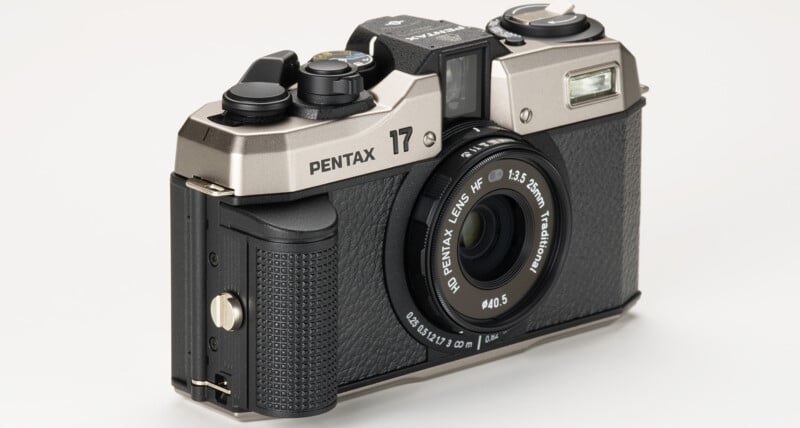
The body features a manual film take-up mechanism, a manual film advance lever, and exposure compensation and ISO sensitivity settings, each with its own dial. Pentax has also focused on providing a camera body that uses high-quality materials: the top and bottom housings are made of solid magnesium alloy. Despite this, it weighs 290 grams (10.2 ounces) without the battery or film inserted.
The 40.5mm filter mount thread allows photographers to use a range of filters as well.
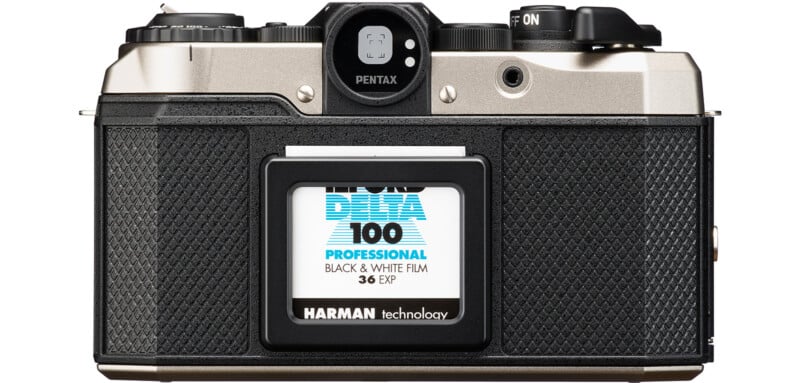
Pentax notes that the camera supports a wide range of ISO film sensitivities (50, 100, 125, 160, 200, 400, 800, 1600 and 3200) and features a classic note holder on the back cover where the end of the film pack can be inserted to reminded the photographer which item is currently in the camera. Three strap loops allow for horizontal and vertical suspension, and the Pentax 17 is also compatible with the optional CS-205 cable switch for use when shooting long exposures in Bulb mode.
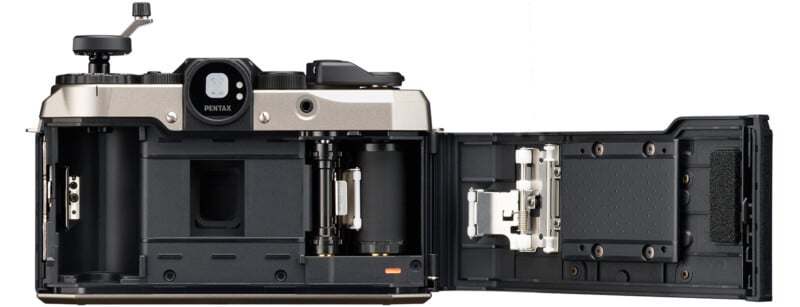
The camera relies heavily on automatic exposure settings to ensure that photos are properly exposed. There’s no fully manual mode, for example, as Pentax aimed to appeal to photographers who are interested in film photography but don’t want to worry about wasted rolls during what can be a steep learning curve.
“The Pentax 17 automatically adjusts exposure settings based on the lighting data collected by its metering sensor,” explains Pentax. “In addition to Full Auto mode, in which all exposure settings are chosen by the camera, it offers six other shooting modes, including low-speed sync, which is very useful when shooting in low light; and Bulb, a slow shutter mode suitable for shooting night scenes and fireworks. The Pentax 17 also features an independent exposure compensation dial that allows the user to quickly shift the exposure level to suit different subject types or express the user’s creative intentions.
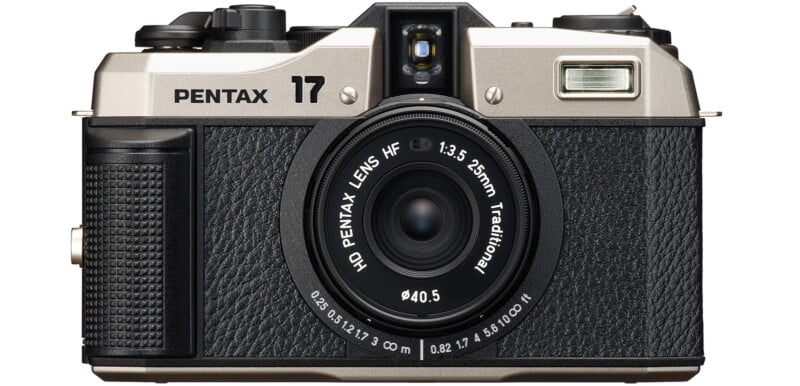
As a predominantly automatic camera, the control the photographer has over it is unique, especially compared to the expectations of modern digital cameras. Its aperture adjusts between f/3.5 and f/16, its minimum shutter speed is four seconds, while it can shoot as fast as 1/350 second. Although it has a leaf shutter, the flash sync speed is locked at 1/125. Some settings force the camera to lock down the aperture at f/3.5, and Bulb mode allows photographers to control the shutter speed manually (with that aperture locked), but mostly the camera decides based on how far away the subject is. and its exposure meter states. The advantage is that it is difficult to screw up the exposure, but at the same time it is difficult to give specific instructions to the camera.
The Pentax 17 also has a built-in flash that can be programmed to fire automatically when needed, fire on command, or never fire, depending on the photographer’s needs. Below is a series of sample photos captured with the Pentax 17, courtesy of Pentax:
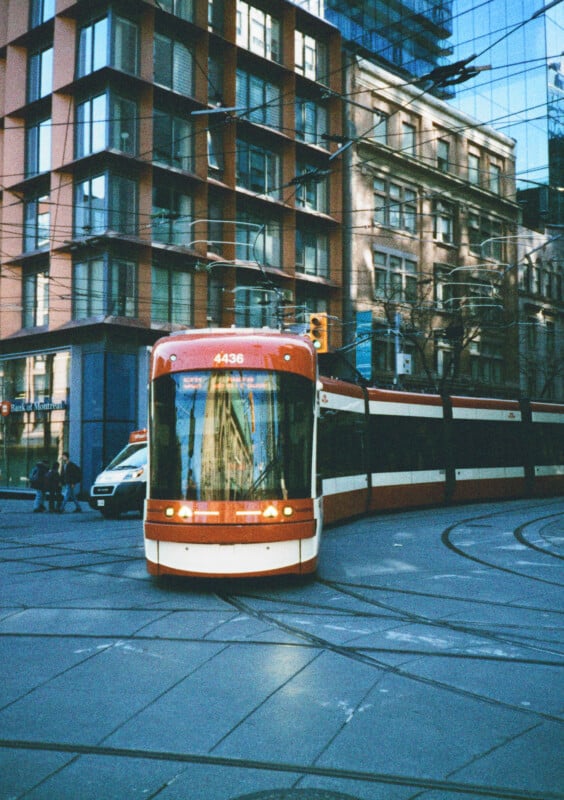
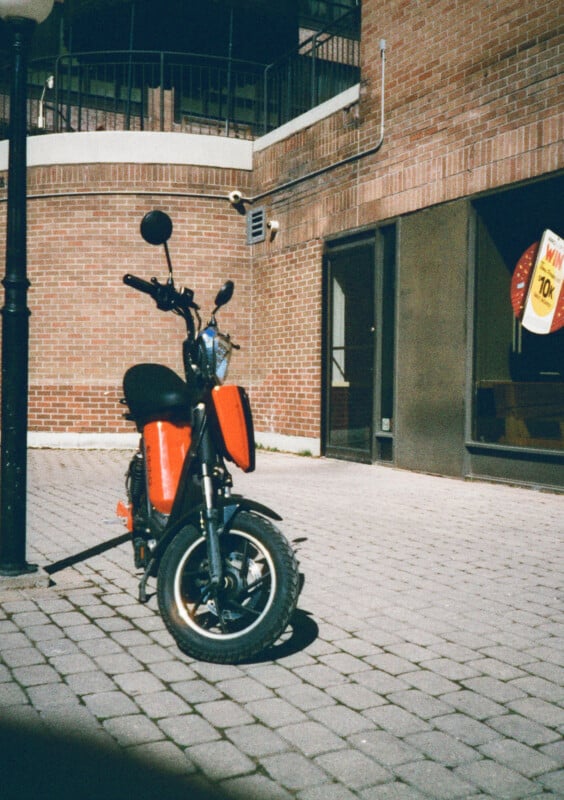
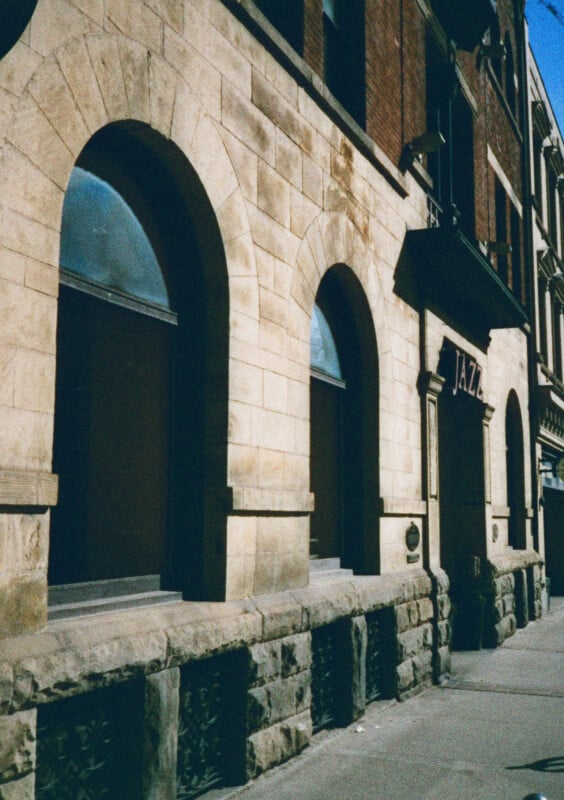
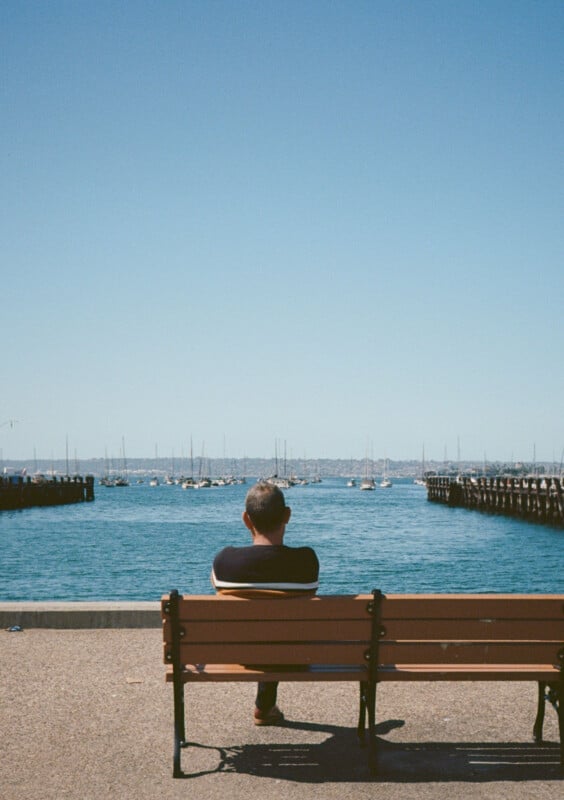
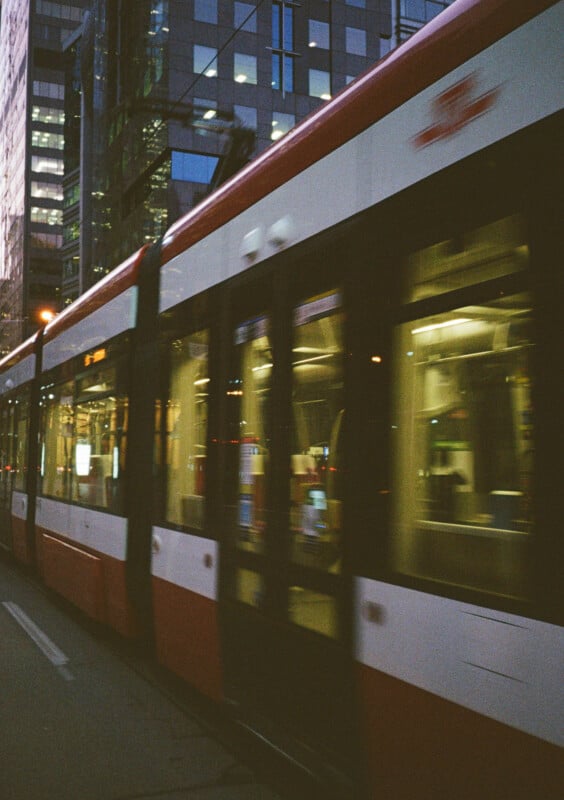

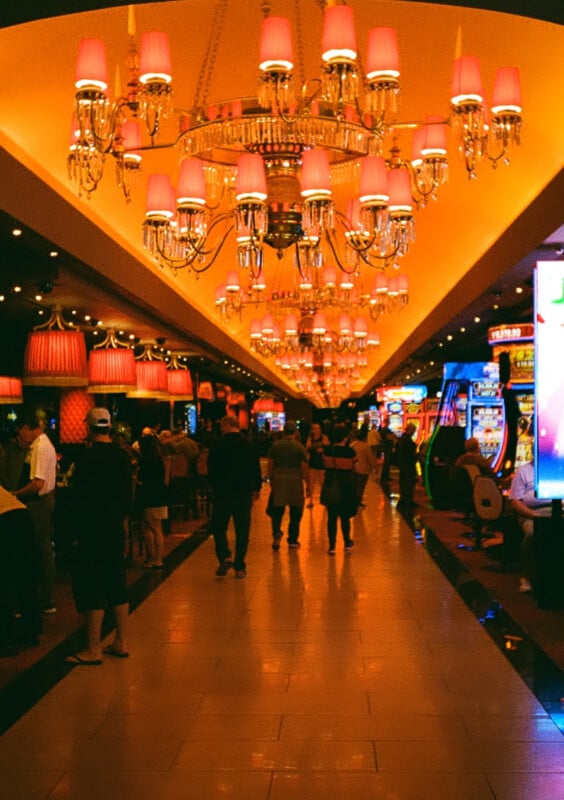
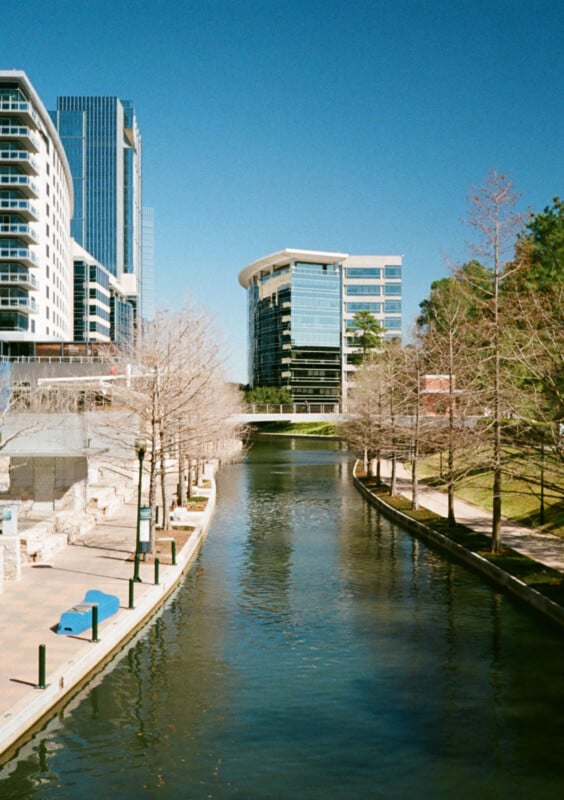
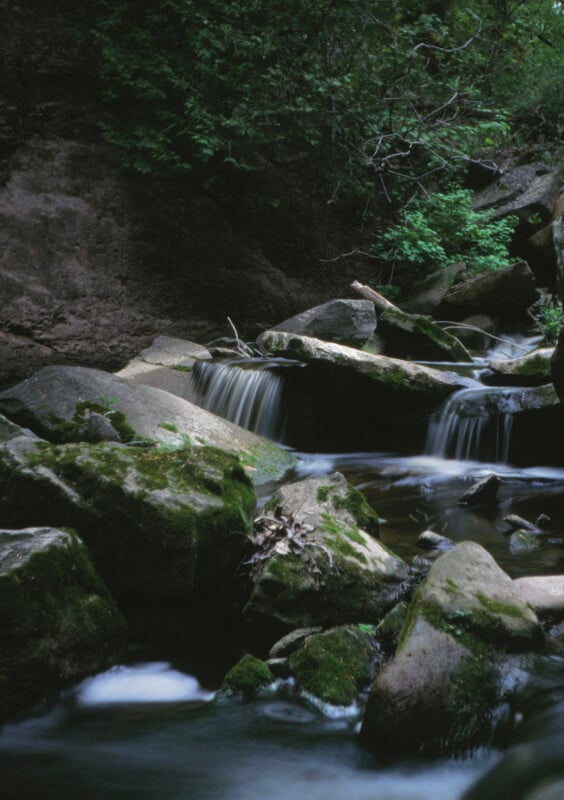


Price and availability
The Pentax 17 will be available at the end of June and will retail for $499.95.